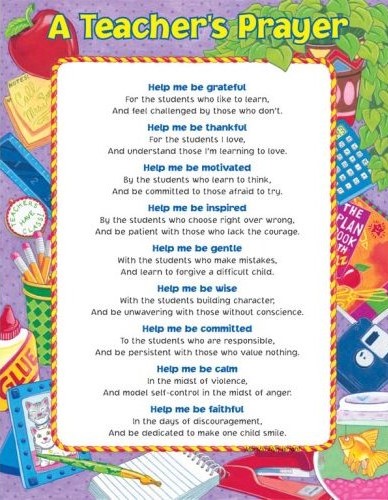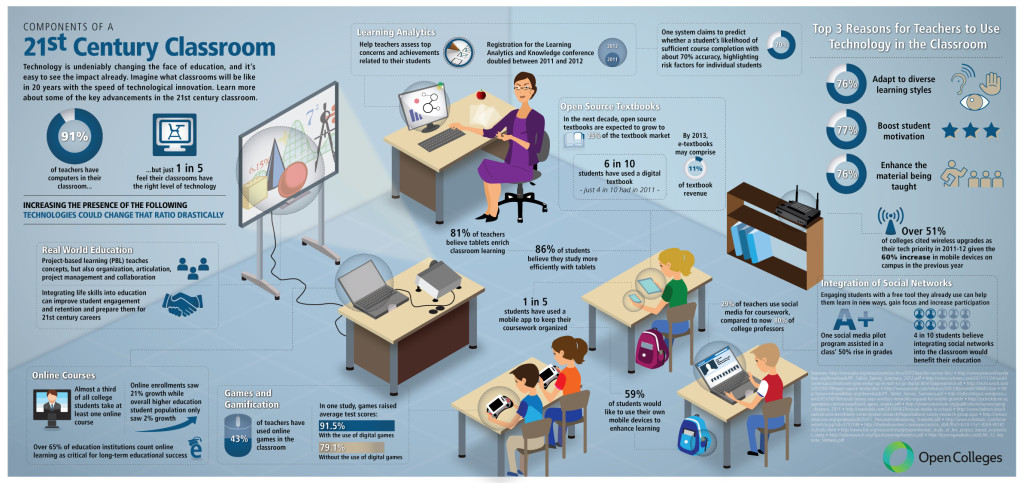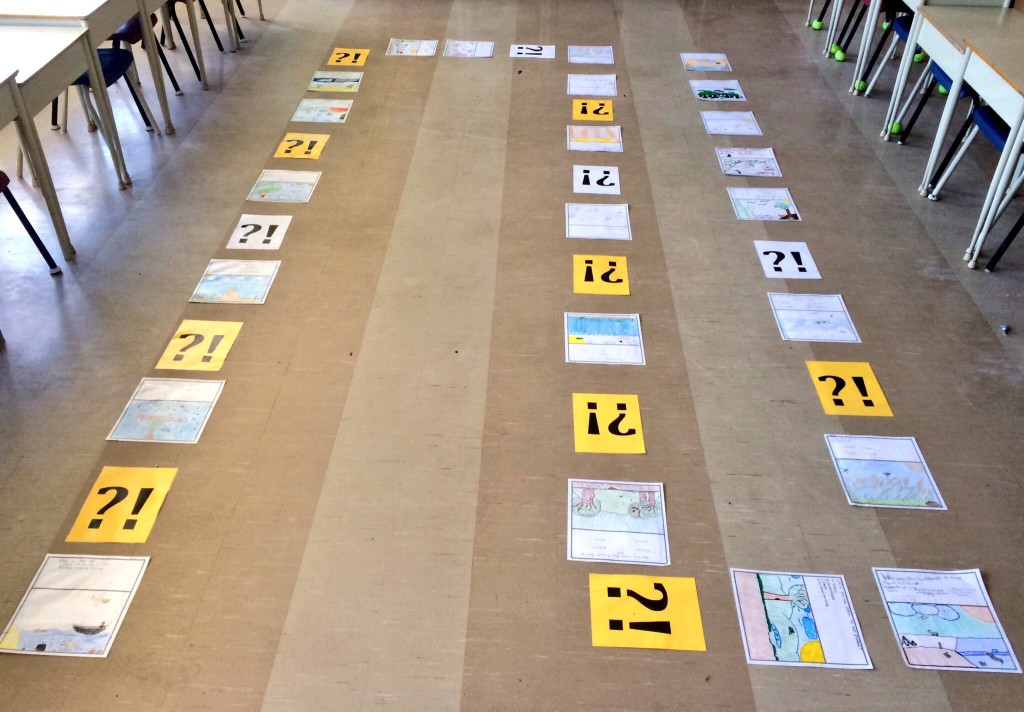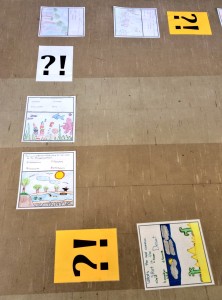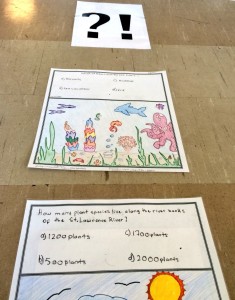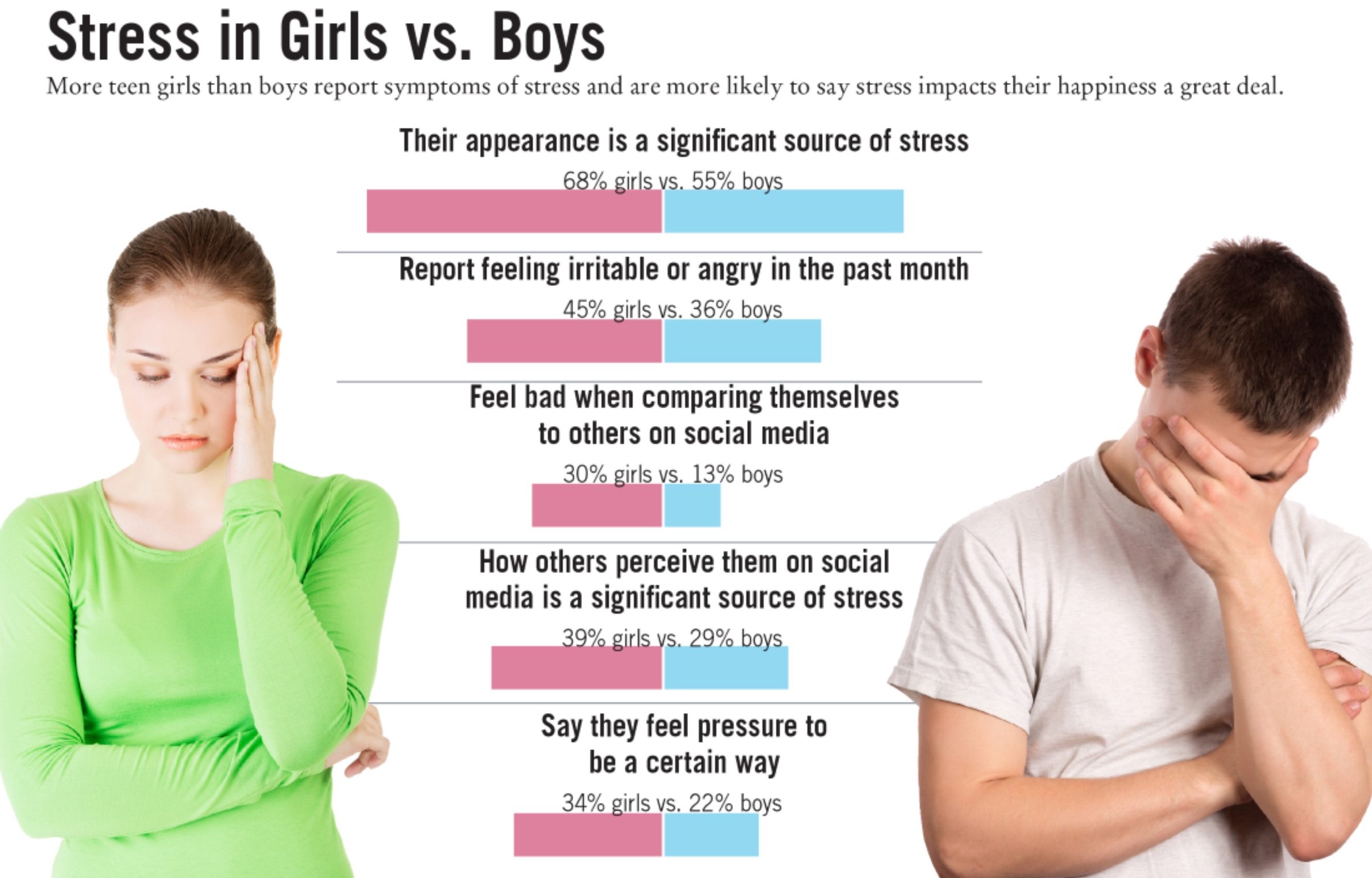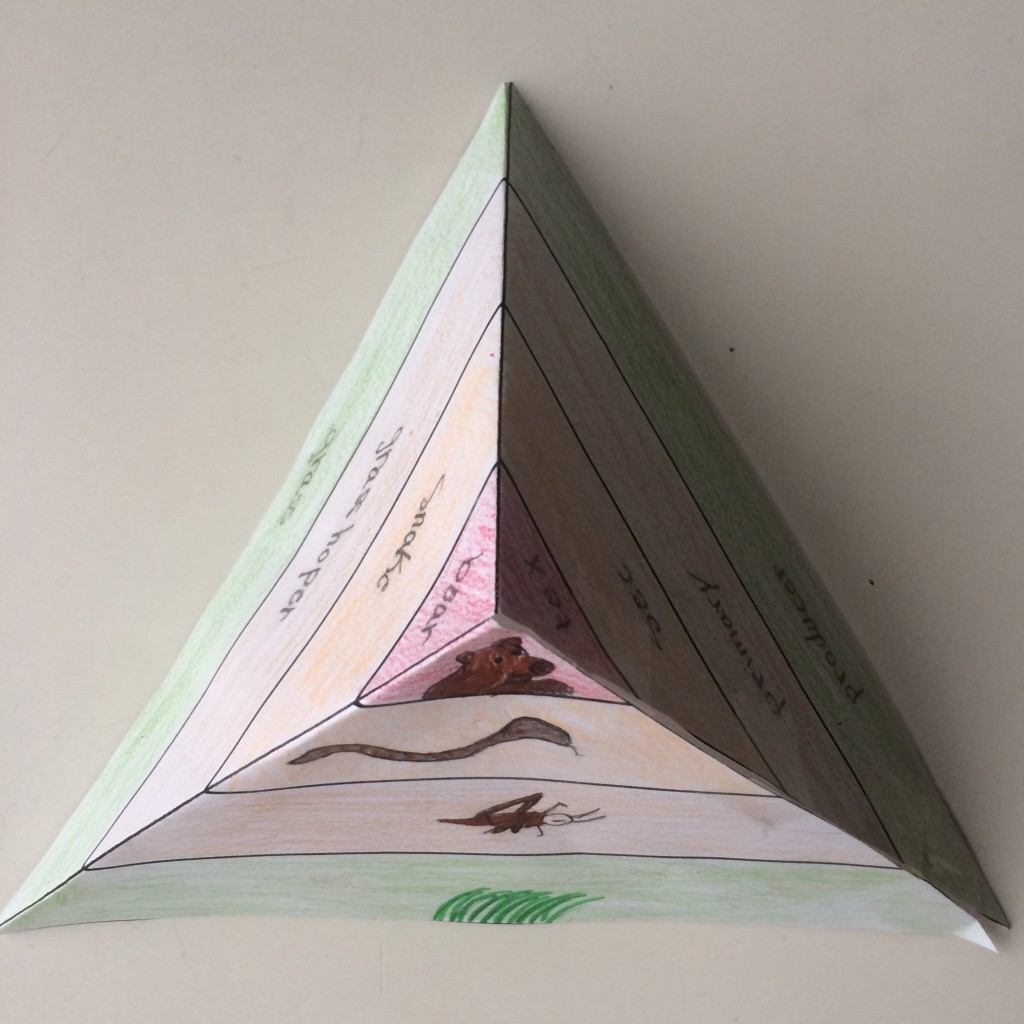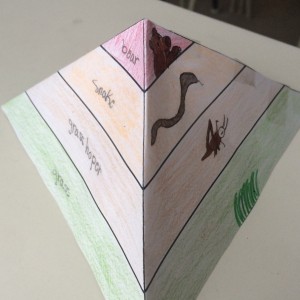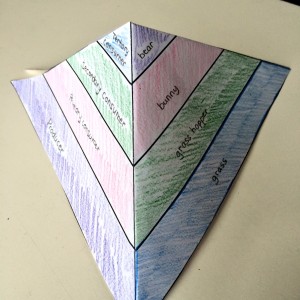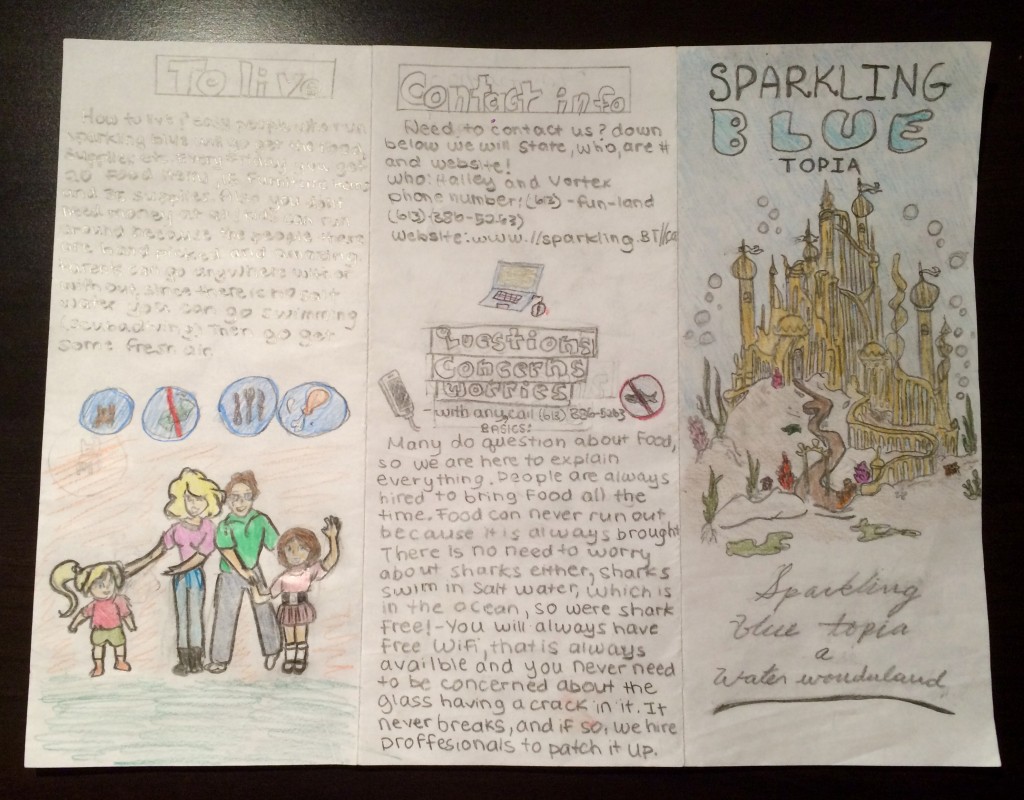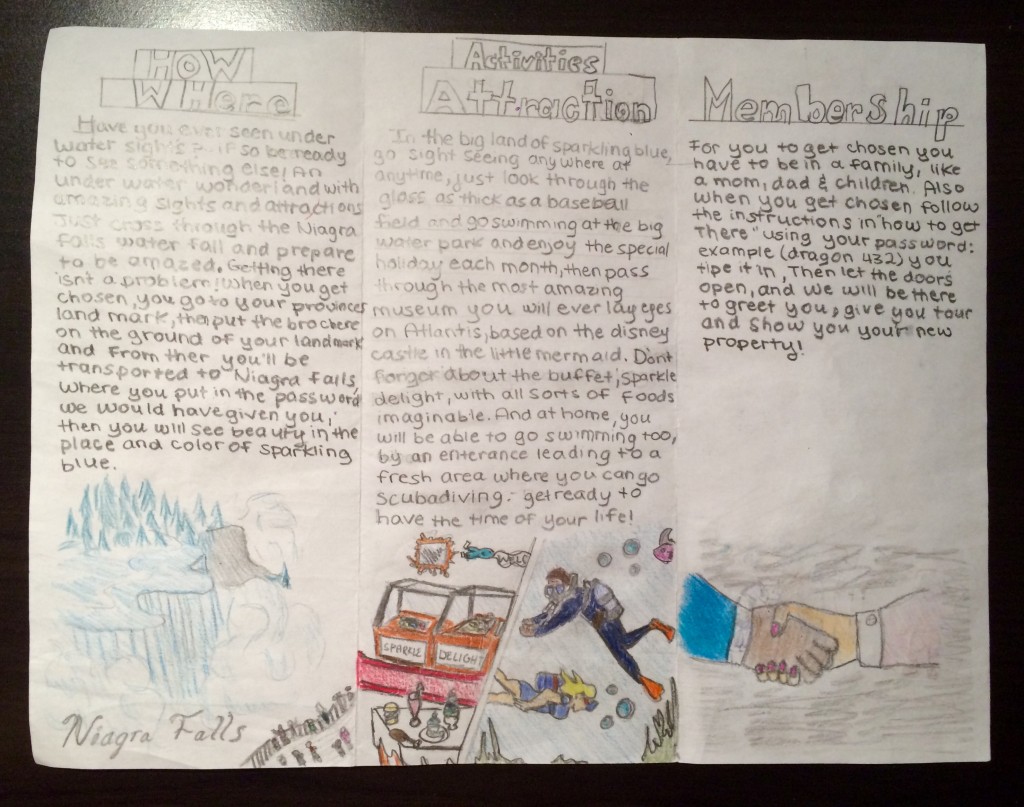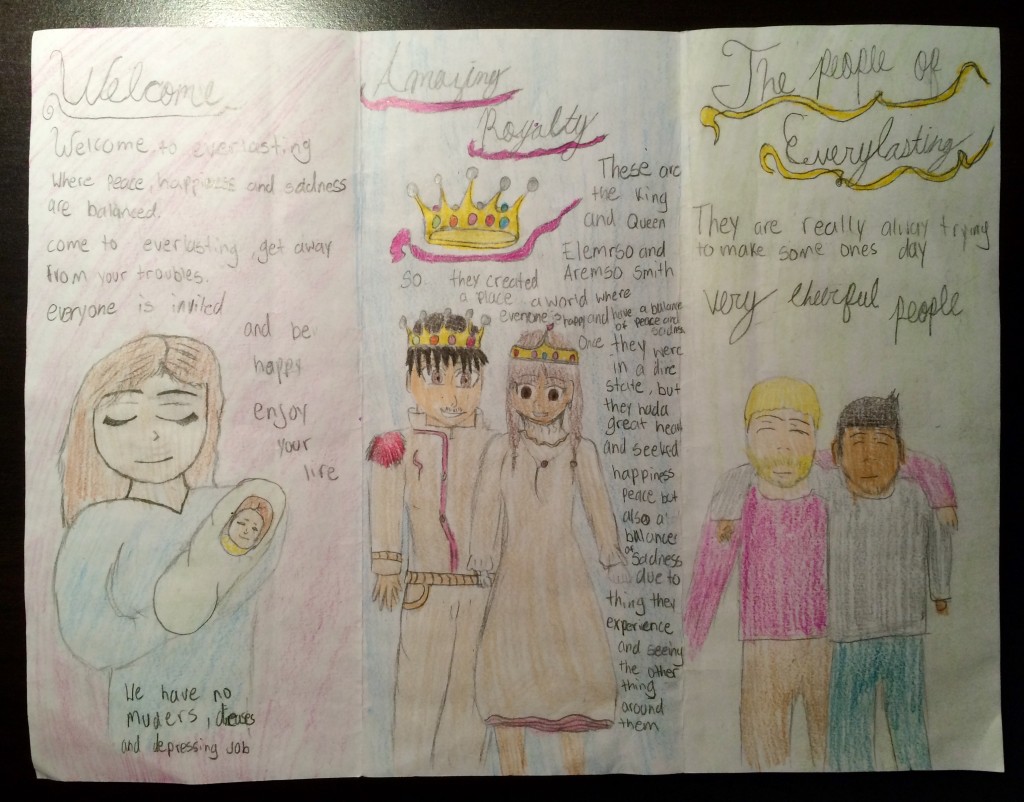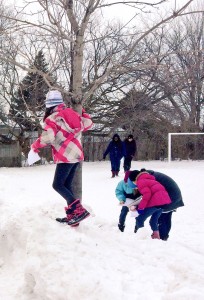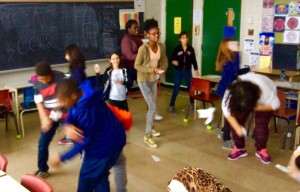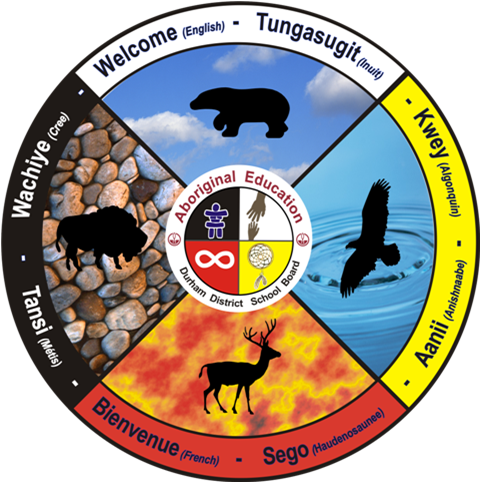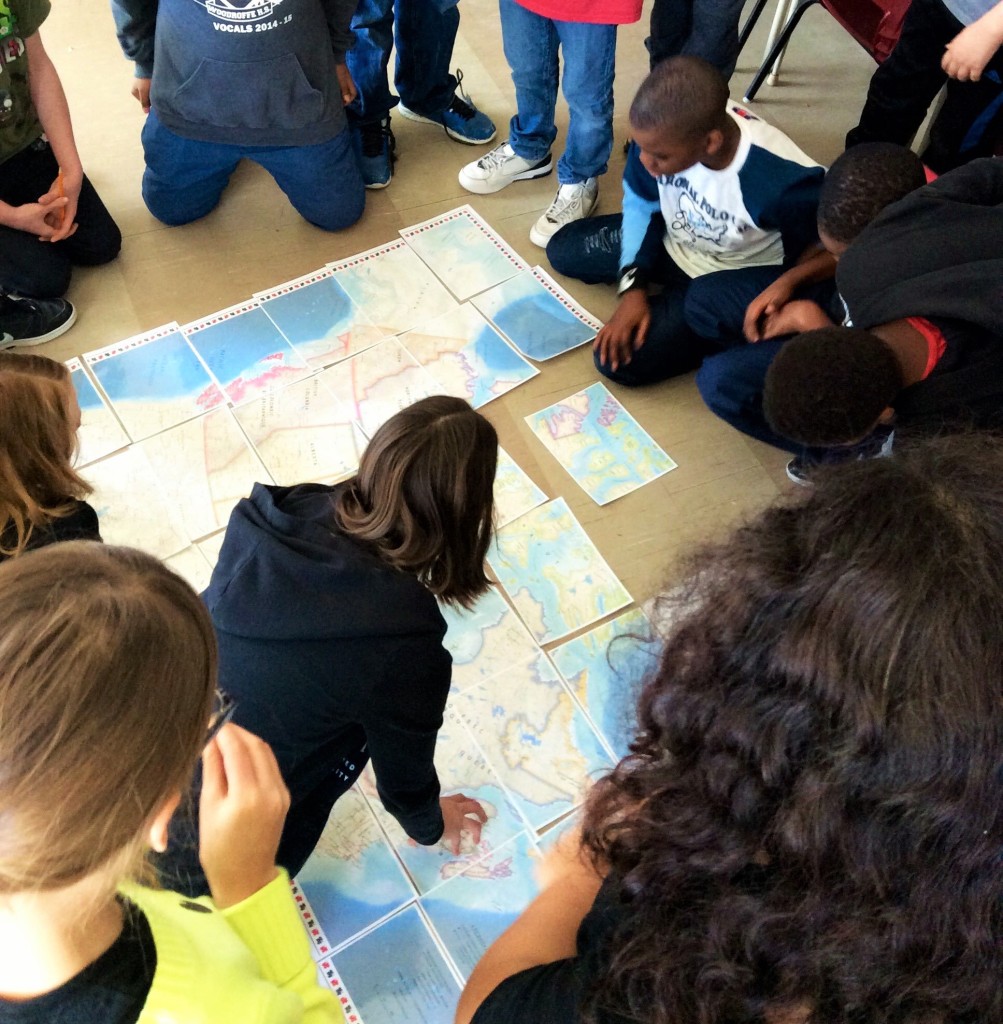Practicum Reflection: Week #6

Who knew teachers got just as excited about March Break as the students? More than anything, the week-long break was a time to unwind, regroup, and re-evaluate everything teaching and education related. I’ve noticed so much growth in myself personally and professionally since the beginning of practicum, but without taking a moment to sit back and reflect, it is difficult to fully appreciate the experience and everything that it is teaching me.
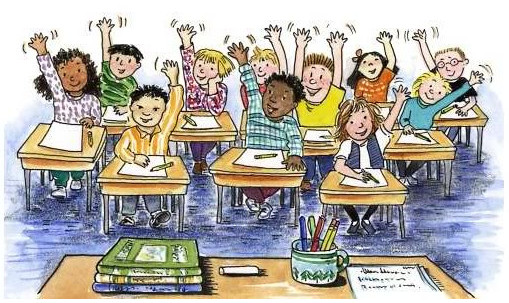
Over the last few weeks, I have noticed that the same group of students raise their hands to answer every question. In any classroom, there is always that one group of students that consistently raise their hand and compete with the others to get called on. Not only do these students have the magic ability to literally hold their hand up for hours, but if we could let them talk all day, they would. My goal for the week was to promote every student’s engagement within the classroom. I chose this to be my goal for this week specifically to reorient students’ motivation for learning following March Break.
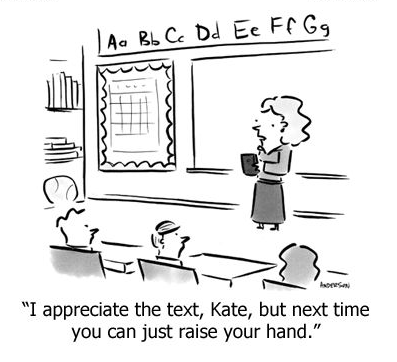
Students learn when they are engaged within the classroom, but what is engagement? In my opinion, students are engaged when they are actively thinking about the topic. For some students, it takes a little longer to think about the topic. For this reason, I now wait between 8-10 seconds after posing a question to the class before calling on a student. When I notice that students are disengaged with the lesson, I start to count the number of hands I see; this seems to encourage students to engage with the lesson and encourage their peers to do the same.
March Break wasn’t just a time to reflect as a teacher, but students reflected over the break as well. One of my more difficult students seemed to have a revelation during some reflection that led to him writing myself and two other teachers a letter. Here is a photo of the letter I received:
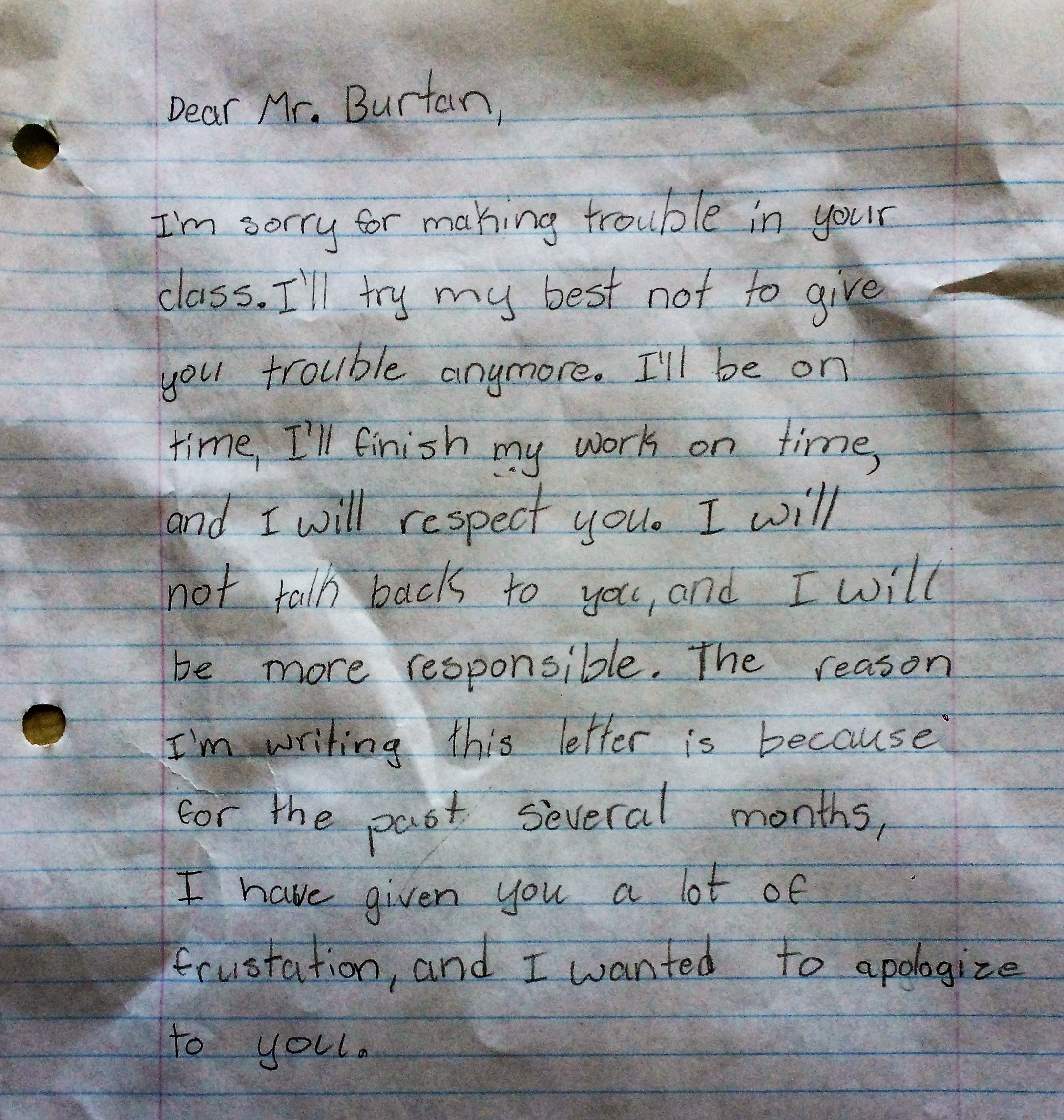
After he gave the letter to me on Monday, he has been a pleasure to teach ever since. I am not exactly sure what caused this change of attitude, but I can only hope that I helped to play a small part. Moments like these are why I hope to teach the middle school grades; teenagers are in such a critical period of their lives and as a teacher, you never know what role you might play in their life story.
Practicum Reflection: Week #5
After last week’s successful use of technology for the geography natural resource projects, I made it my goal to continue the use of computers and technology to elevate student learning. This week, I took it upon myself to implement more visuals for my students in the form of Google Slides, video clips, and photos and maps from the internet, among other images. My students are very receptive of technology, no matter what form it comes in, and my visual were no different; they proved to capture the attention of even my most distracted students.
In addition to technology, I used more artifacts than normal. For our life-sized ecosystem board game project, I created my own board game piece to show my students exactly what was expected of them. This was very effective and many of my students produced great work that mirrored the effort that I demonstrated for them. Additionally, for a geography lesson about water as a natural resource, I used beakers and water to show the various quantities that water exists in our world (97% ocean, 2% frozen, >1% underground, ~0.007% fresh). This visual was effective in putting into perspective how valuable our fresh water is and how important it is to keep it clean and unpolluted.
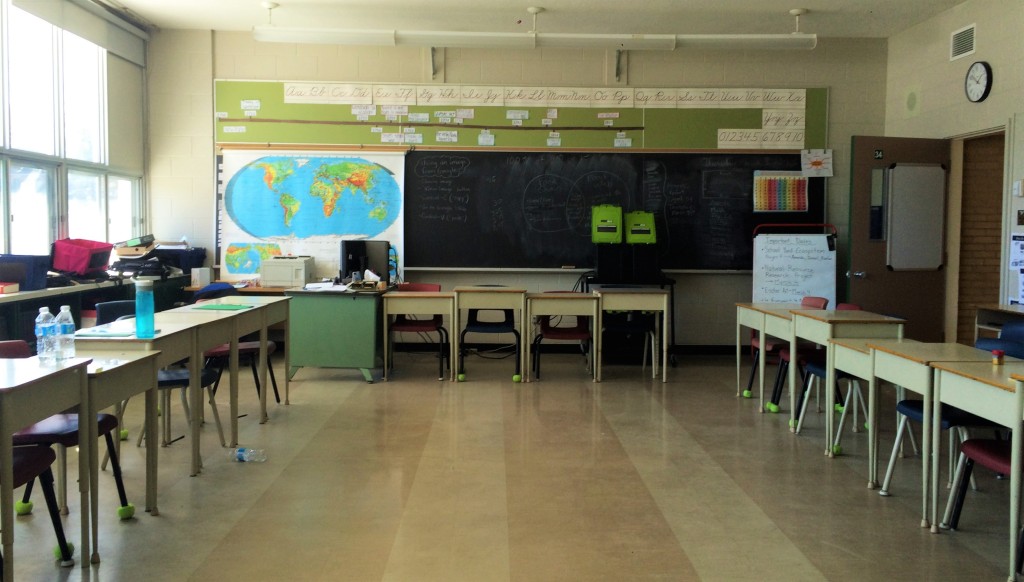
Going back to the life-sized ecosystem board game project that I mentioned earlier… IT WAS AWESOME! I gave each student a blank “board game piece” and on it, they were to draw a visual representation of their assigned ecosystem and write a multiple choice question that correlated with that ecosystem. On the back of the square, they wrote the answer to their question and wrote a paragraph providing more information about their question. Once everyone had completed their square, I laminated them, laid them out on the floor of our classroom, and we played the life-sized board game! It was received very well by the students, and was educational to boot. The life-sized board game is definitely a culminating task idea that would work well with any grade level, and one that I will do again in the future.
Teen Stress in our Schools

Teen Stress in our Schools is an article written by a professor and PhD student that have worked to create the StressOFF Strategies program. This program features a 45-minute session that introduces middle and high school students to the concepts of recognizing stress and utilizing coping skills to minimize its effects.
The program features four key components: psychoeducation, decreasing stigma, coping skills, and follow-up. Psychoeducation seeks to teach students about stress and how to recognize it within themselves. The program seeks to decrease stigma around mental health by encouraging discussion and providing examples of celebrities that have talked about stress. The body of the program revolves around presenting three different types of coping skills: cognitive, physiological, and behavioural strategies. Lastly, a pamphlet and website accompany the program for future learning.
It is important that the themes of stress and coping strategies are being addressed with a large emphasis in every school, starting at a young age. Every students experiences stress, perhaps even bouts of depression, and therefore it is important that students know what to do in these situations. In my opinion, while it might sounds like a great idea, I do not believe that coping skills can be adequately taught in 45-minutes. Yes, coping skills can be introduced. However, these strategies are behaviours that must be practiced and personally used, especially since coping methods vary from person to person.
It is important to have a plan in place within the school if a student feels overly stressed and overwhelmed. This can include telling students how to appropriate communicate their feelings to the correct adults in the school, such as the teacher, guidance counselor, chaplain, or principal. It could also be beneficial to implement mandatory meetings for students with their guidance counselor to check in with academic, family, peer, and personal struggles. This would provide students with an ongoing opportunity to share, discuss, and learn how to deal with the issues they are facing in their lives.
It is also important to look at the root causes of their stress. What is it about academics that are making students experience stress? Is it the unrealistic expectations place on their performance by their parents? Is the student struggling with the subject matter because they have an unrecognized learning disability? Or perhaps the student simply does not have proper time management skills, thus forcing them to feel the time crunch of attempting to finish work at the very last minute. Once we understand what is causing the stress, then we are able to adopt a proactive approach to stress, which is the best form of coping skill.
Here is an insightful infographic about stress among teenagers:
A Teacher’s Prayer #9
Practicum Reflection: Week #4
This week was one that was full of culminating task work. With all of the snow days and student absences, I was forced to delay my culminating task for my math unit, thus placing it during the same week that the geography culminating task was taking place. In hindsight, this meant that the students were able to focus on the tasks at hand, rather than stressing about learning new material and being exposes to new topics.
At this point in the year, I’ve learned a lot about my students’ abilities, both intellectually and in work ethic such as time management skills. With the number of students in my class that have IEPs, both accommodated and modified, there is a great deal of differentiation that I must consider and implement so that all of my students are capable of achieving success. This poses some difficulty, especially since my grade 7 students range from a grade 2/3 level all the way to grade 8 in math.
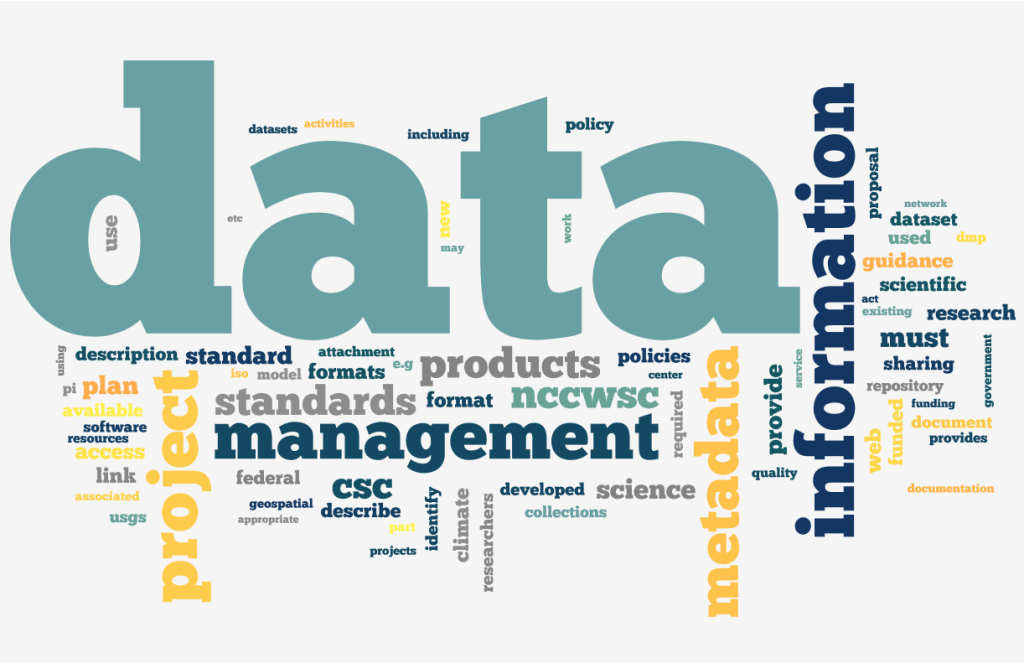
For the math culminating task, groups of students designed, conducted, analyzed and reflected on their own survey. In an attempt to achieve grade-appropriate evaluation while still setting my students up for success, I placed students in groups of 3-4 of varying abilities. Each student was graded on the group’s final product, their own individual reflections and conclusions, a peer evaluation, and a self-evaluation. I believe that this produced a fair evaluation of each student’s ability while also adhering to the grade 7 math curriculum that each student is expected to learn.
The geography culminating task had students using Chromebooks and Google Slides to produce a research presentation about their chosen natural resource. The use of technology truly allowed those students who typically struggle with writing to feel liberated through their comfort and ability to use the internet and typing. Additionally, it provided high achieving students with the opportunity to go above and beyond with their information by using photos, stating references, and including links to various internet content. The final products were a great testament to how much of an impact technology can have on the learning of today’s students.
Throughout the week, students rested their eyes from technology and picked up pencil and paper. We are currently studying optical illusion art, especially that of M. C. Escher. Here are some of the final products:
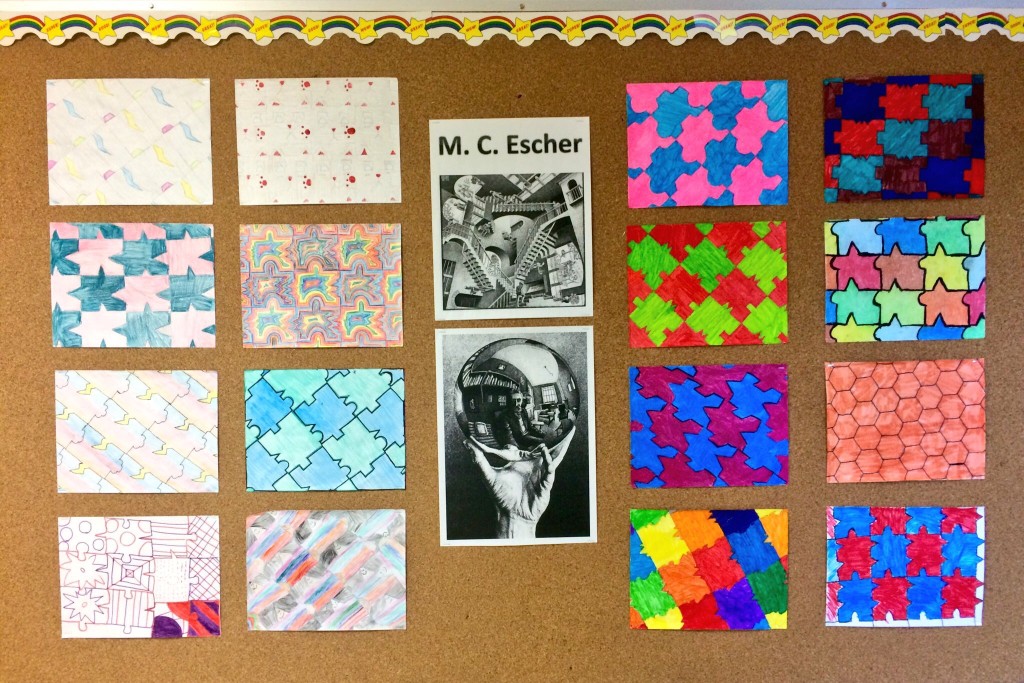
We continued the art into a science lesson, where we created food chain pyramids. The pyramids were a great visual representation of the various types of consumers, as well as the amount of energy that gets transferred from one level to the next. This task was extremely beneficial for my ELD (English Language Development) students because it exposed them to terminology while also providing a visual that they could refer back to throughout the week. Here is some student work:
Practicum Reflection: Week #3
This week was officially my first full week of teaching. There was a PD day during Week 1 and a holiday and some snow days during Week 2. This week was five straight days of teaching, and I LOVED it! I really feel like I am getting into the groove of teaching, especially at the intermediate division.
The goal I outlined for myself this week was to gain a better since of my students through analyzing the social aspect of my classroom culture. At the very essence, my classroom is loud, but I have come to realize that a loud classroom does not necessarily mean unproductive. My students are very close with one another and show love and support for each other as friends. This definitely plays a role in the learning taking place within the classroom walls.
Implementing group work was something that I was hesitant with at first because my students were always so loud and sometimes distracted by their peers. However, after thinking about it critically from a teacher’s standpoint, I realized that the students would benefit from group work in many ways. Firstly, collaborative learning would greatly benefit the students that require differentiation or are learning at a lower grade level. Additionally, I could provide my students with more content-heavy assessments since they had more hands and minds to work on it. Lastly, my students would have more fun working with their peers, which at the end of the day is what gave me the confidence to implement group work.
There was an assignment due this week in Language that required group work. For this assessment, I allowed students to choose their own groups with the hopes of students feeling more comfortable to collaborate with each other. Here are some examples of the final products:
While most groups excelled at the task and demonstrated the necessary skills to accomplish group work, there were some that were not so successful. It was apparent that some groups were too distracted by their peers to complete the work in time and to the best of their ability. This is something that I will keep in mind as I continue to use group work in my classroom, reminding me that some students require knowledge and experience for how to properly and effectively collaborate with their peers.
This week, I also really wanted to get my students more active during their learning. To start with, I took my class on a little field trip… AKA a trip to the field. They got to discover the schoolyard ecosystem and list the various biotic and abiotic features that are right in our own backyard.
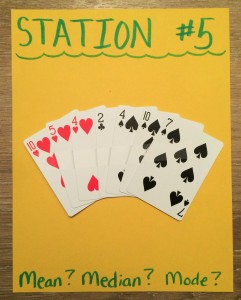 Later in the week, I was trying to come up with a fun and engaging way for my students to practice their mean, median, and mode skills. Little did I know, the cards I was playing with at the time would soon become my next engaging math lesson! Realistically, I should have known… There are 101 ways that you can incorporate a deck of cards into a math lesson. I create 7 stations, each equipped with a random selection of playing cards, and they had to record the mean, median, and mode for each. The students seemed to get really into it, and they loved the fact that they were able to get up out of their seats and walk to each station posted in the hallway. Definitely a successful lesson that I will do again with my future classes!
Later in the week, I was trying to come up with a fun and engaging way for my students to practice their mean, median, and mode skills. Little did I know, the cards I was playing with at the time would soon become my next engaging math lesson! Realistically, I should have known… There are 101 ways that you can incorporate a deck of cards into a math lesson. I create 7 stations, each equipped with a random selection of playing cards, and they had to record the mean, median, and mode for each. The students seemed to get really into it, and they loved the fact that they were able to get up out of their seats and walk to each station posted in the hallway. Definitely a successful lesson that I will do again with my future classes! ![]()
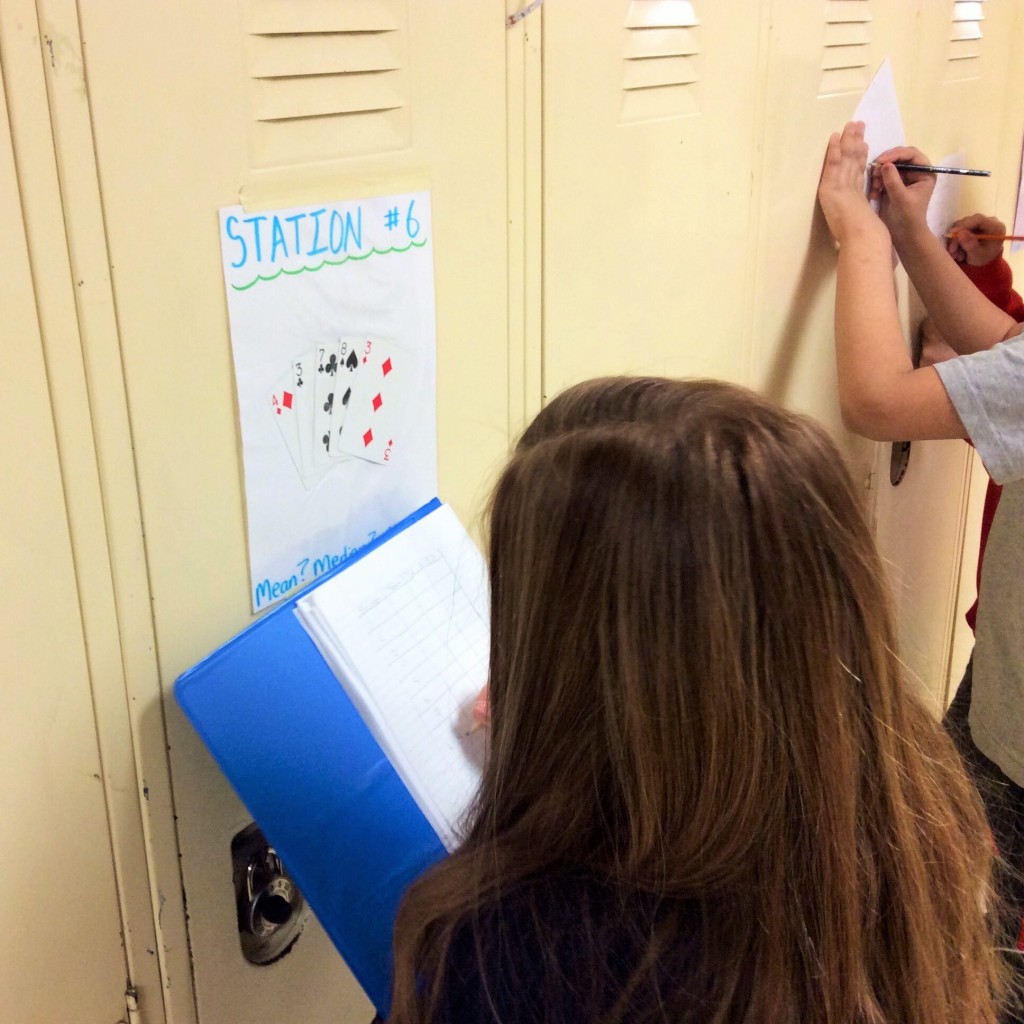
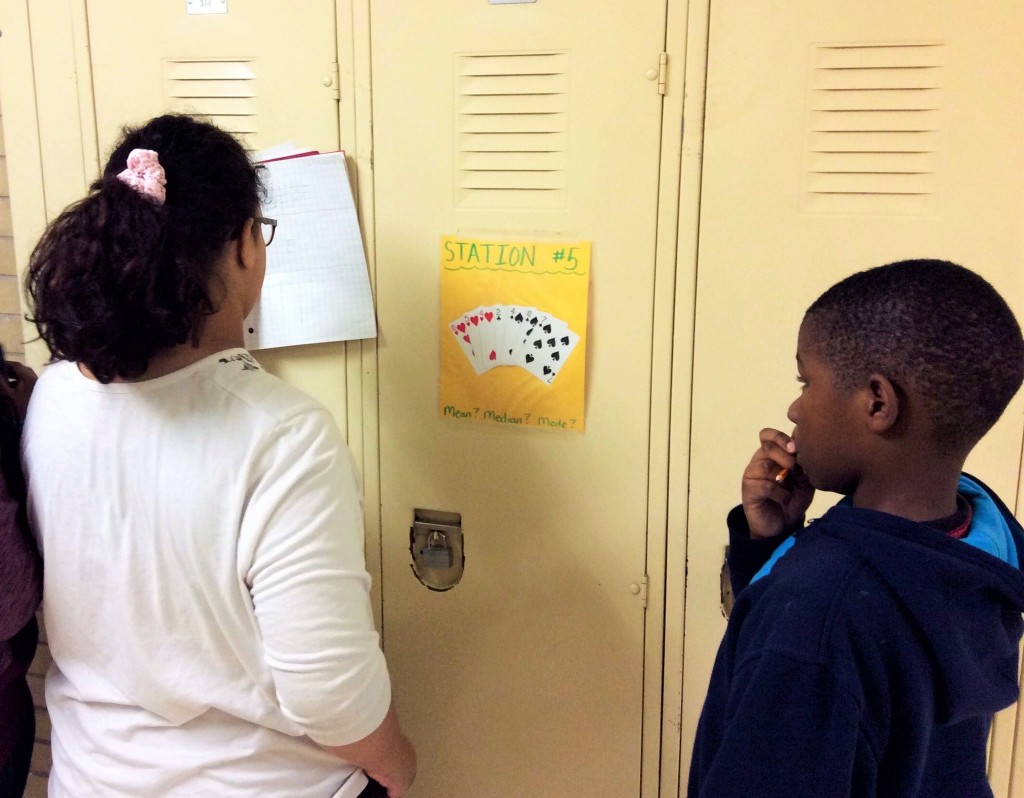
Towards the end of the week, we unfortunately had to lose our our gym time to another event happening in the school. However, this did not mean that we would lose our Physical Education lesson! Luckily, I had a Daily Physical Activity (DPA) stored in my back pocket from the PD day that I attended two weeks prior. We used recycled paper to go “ice skating” around our classroom. Each student had two pieces, one for each foot, and had a blast skating forward, backward, and in circles. What would a winter-based activity be without a snowball fight to cap it off?! Yes, that’s right… We had an indoor snowball fight by crumpling up the paper, dividing the class into two teams, and trying to have the least amount of “snowballs” on their side at the end of a minute. The students had an absolute blast! Just don’t tell the principal…
Looking forward to another full week coming up next week!
A Truthful Narrative: FNMI Inventions and History
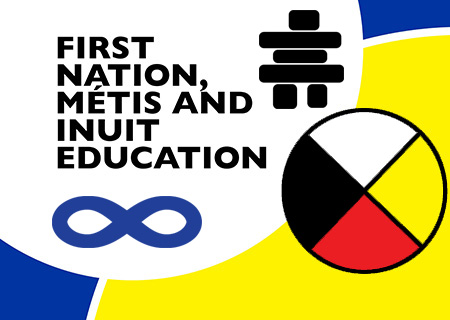
A Truthful Narrative discusses the importance of including First Nations, Metis, and Inuit (FNMI) inventions and history in the current kindergarten to grade 12 curriculum. Many innovations have been pioneered by FNMI peoples, which is an important part of Canada’s heritage. Additionally, it is important for every student to be able to recognize themselves in the curriculum that they are being taught, and this will be accomplished for FNMI students by integrating their history into the mainstream curriculum. The article provides 6 different themes that can be covered at each age level:
|
Division |
Grades |
Curriculum Theme |
| Early Learning | Kindergarten | Holistic Engagement with FNMI Nations |
| Primary | Grades 1 to 3 | Building Community with FNMI Peoples |
| Junior | Grades 4 to 6 | FMNI Contributions in Our Lives |
| Intermediate | Grades 7 and 8 | Investigating FNMI Nations |
| Secondary | Grades 9 and 10 | FNMI Resources |
| Secondary | Grades 11 and 12 | FNMI Present Realities |
Creating an inclusive classroom is essential to the academic success of all students. Teachers should strive to provide a culturally and ethnically diverse curriculum for their students, therefore promoting themes of inclusivity and acceptance in the classroom. In this type of environment, group learning experiences in the classroom are encouraged, which will foster a sense of cooperation among members of a diverse classroom.
An important attribute of a teacher is their ability to teach all students. This includes being informed, respectful, and accommodating to students of different cultures, religions, abilities, and socio-economic statuses. Students are complex individuals, and it is a teacher’s duty to acknowledge students’ academic and non-academic strengths. It is very important that teachers review educational material and select lessons that the diverse students in my classroom could relate to, which is main messages conveyed in A Truthful Narrative. This would ensure that all students feel appreciated and valued in the classroom, thus leading to more confidence in their academic abilities.
Practicum Reflection: Week #2
Monday: Family Day Holiday
Tuesday: Snow Day
Wednesday: Snow Day
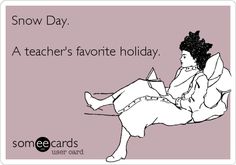
This week was a short week, but a good week! My goal going into the second week of practicum was to truly understand each of my students and where they were at academically. Working at Pinecrest Public School has really opened my eyes to the necessity that is differentiation, since one individual classroom could have as many as 7 or 8 students working below grade level, with the other students’ learning being affected because of that. The importance of getting to know my students’ level of learning was so that I could allow each student to experience success, whatever that is for them academically.
The first thing I did was reviewed my students’ Individualized Education Plans (IEPs). In my classroom alone, I have 8 IEPs, 3 of which are modified. Reading through the IEPs allowed me to review what had been documented in the past, such as psychological evaluations, ways in which students’ learning is to be accommodated or modified, and what specific goals each student has outlined for the current term. With this knowledge, I was able to gain a better sense of how student learning could be differentiated in order to be successful.
During this week, I was able to implement various differentiation techniques, such as read-alouds, collaborative learning (pairs or small groups), graphic organizers, visuals (artifacts, PowerPoint presentations, videos), and devices such as chrome books. With this differentiated teaching, I was able to see a shift in the classroom culture, in both the students’ performance and efficiency, since I started my practicum.
 This week, we started our novel study of The Giver. Before I started my practicum, my students had done two novel studies, during which the students read independently, answered reflection questions, and submitted them for evaluation. With this novel study, I wanted to change up the process, having it be more like a book club. As a class, we read aloud a chapter, discuss key points, and collectively and orally respond to some reflection questions. Following this process, I write a topic up on the board that relates to the chapters read during that class and each student individually writes a half-page “quickwrite”. I have found that this process allows for each student to gain a deeper understanding of the novel themes, provides an opportunity to reflect on and debate viewpoints presented in the novel and presented by students, while also placing every student on an even playing field, despite their reading ability.
This week, we started our novel study of The Giver. Before I started my practicum, my students had done two novel studies, during which the students read independently, answered reflection questions, and submitted them for evaluation. With this novel study, I wanted to change up the process, having it be more like a book club. As a class, we read aloud a chapter, discuss key points, and collectively and orally respond to some reflection questions. Following this process, I write a topic up on the board that relates to the chapters read during that class and each student individually writes a half-page “quickwrite”. I have found that this process allows for each student to gain a deeper understanding of the novel themes, provides an opportunity to reflect on and debate viewpoints presented in the novel and presented by students, while also placing every student on an even playing field, despite their reading ability.
One of the highlight moments for me this week was when I had my students construct the map of Canada using 36 tiles (courtesy of Canadian Geographic). This got the students moving, using manipulatives, and working together as a class. Oh yeah, I guess it helped them with their Geography lesson too…
After they finished constructing the map, we learned about the natural resources that Canada produces and discovered where each resource is abundant.
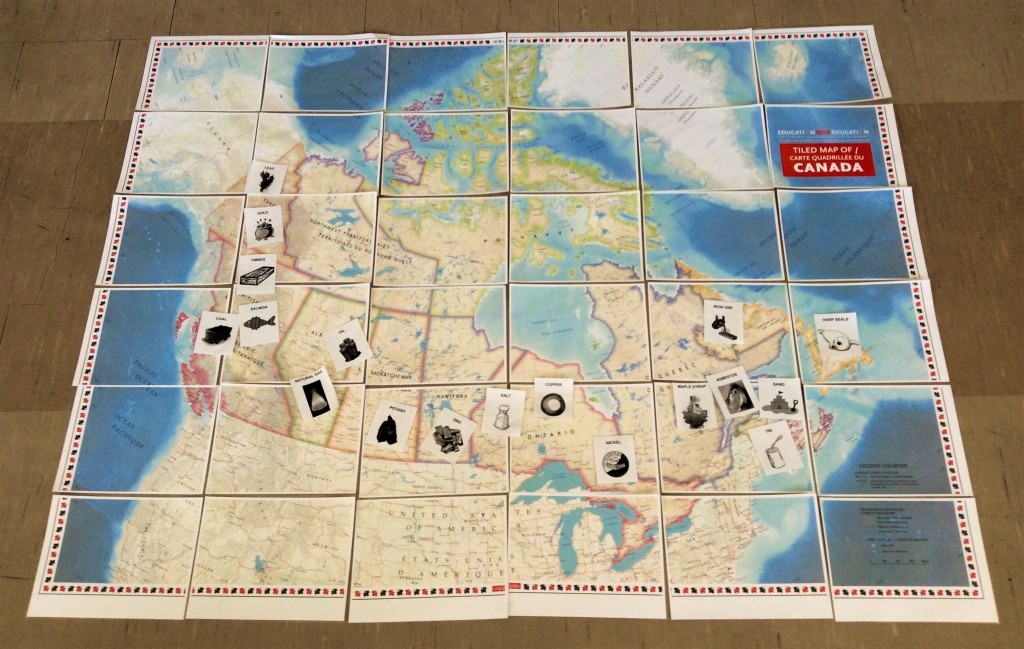
Following the success of this Geography lesson, I’m really looking forward to trying new ways to get the students moving around during their learning!
Bill 13: The Accepting Schools Act
Impressions of Bill 13
As teachers, we enter into the profession to change lives; we want to have a positive impact on every student we interact with, encouraging them to be the best possible version of themself. We do this in more ways than teaching students through a mandated curriculum; we promote and exemplify what it means to be a positive, contributing member of society. This is further promoted through creating an accepting and inclusive school environment.
In the past, the topic of bullying was approached with a reactive approach, tackling the situations as they arise. This approach is not enough; the principal office would regularly have students who were bullying or had been bullied by someone if the school only chose to react to situations. What I like the most about Bill 13 is its proactive approach, implementing mandatory preventative strategies and requirements. In a perfect world, if bullying can be prevented at the source, there will be no need to react to the situation because it would never get that far.
Equity and Inclusive Education
Creating an inclusive classroom is essential to the academic success of all students. It is one thing for a student to feel understood, but it’s another to feel accepted for who they are. In order to create a realistic sense of equity and inclusion within the classroom, I would strive to provide a culturally and ethnically diverse curriculum for my students. This could include reviewing educational material and selecting lessons that the diverse students in my classroom could relate to, as well as promoting and encouraging group learning experiences in the classroom which will foster a sense of cooperation among members of a diverse society.
Through implementing an equity and inclusive education policy, we can create an accepting school through mutual respect. By creating an environment of respect, I as a teacher can ensure that all students feel appreciated and valued in the classroom, thus leading to more confidence in their academic abilities. I could also show respect for students of different cultures by learning a few words in the student’s first language or demonstrating some knowledge of their culture’s traditions and beliefs. Ultimately, the key to respect for all cultures is understanding.
Professional Development Programs, Bullying and School Climate
Bill 13 outlines a number of different policies and procedures that teachers are expected to follow in order to ensure that the school is deemed safe and accepting. However, this can be a daunting task if not provided with the appropriate resources. Professional development workshops are an effective way of presenting, creating, and implementing bullying prevention strategies within the school. As educated professionals, staff collaboration is a great way to provide a support system while also making the task of creating an accepting school more achievable.
One hesitation I have about this section of the bill is that the professional development programs are only required to be provided on an annual basis. While I understand that teachers and administrations will be implementing and adhering to all of the other requirements of this bill to create an accepting school, I feel as though collaboration among school staff is essential. Bullying is a daily problem in schools, yet annual professional development opportunities seem too sporadic to effectively achieve the goal at hand.
Programs, Interventions and other Supports, Bullying
By having programs to support the bullied, the bully, and everyone else affected, Bill 13 assumes a very holistic approach to the topic of bullying. As a teacher, this will prove to be very beneficial. We may have a class of 30 students, and while only 2 of them are immediately involved in a bullying situation (the bullied and the bully), there are many other students that are either friends with the students involved or witnesses of the act. Thus, the issue becomes larger than what one teacher may have the resources to address. These programs can take many different approaches, while also recognizing that there is not a “one-size-fits-all” solution; the program for the bully can look very different than that of the bystander.
As teachers, we seek to create the best possible learning environment for our students. Through the help of social workers and psychologists, we can work collaboratively to find a solution to any problem that may affect the learning environment. Although I have an undergraduate degree in Psychology, I by no means have the training and resources that a psychologist would have. Therefore, by including professionals outside of our immediate profession of teaching, students will be given the support and behavioural management required to foster an accepting and inclusive classroom environment.
Bullying Awareness and Prevention Week
I have constructed three ideas that can be used in conjunction with one another during Bullying Awareness and Prevention Week. Firstly, I would have my class collectively construct an Anti-Bullying Mosaic. This will be completed by having students decorate a 12×12 medium (paper, fabric, wood), expressing what a “safe space” means to them. The final product can be posted in the front entrance of the school to promote the school as a safe environment.
Secondly, I would administer a Random Acts of Kindness Passport to my students, which would contain a list of multiple random acts that students can do. Throughout the week, the students would complete various acts and have someone sign as a witness. At the end of the week, the student with the most acts completed would win a prize. This would take a proactive approach to bullying, teaching students to be kind to one another and positive members of the community.
The last event would be an Eat Your Words Bake Sale, where students and staff bring in baked goods, pay $1 for an item, and write in icing a word that they have used to bully someone. They would then “eat their words”, expressing to themself and others that they will no longer utilize that word or any other negative words to harm someone else. All proceeds of the event would go towards supporting an anti-bullying campaign or future anti-bullying programs in the school.
